Home>Storage Ideas>Bathroom Storage>10 Cleaning Bathroom Hacks That Use Everyday Household Items
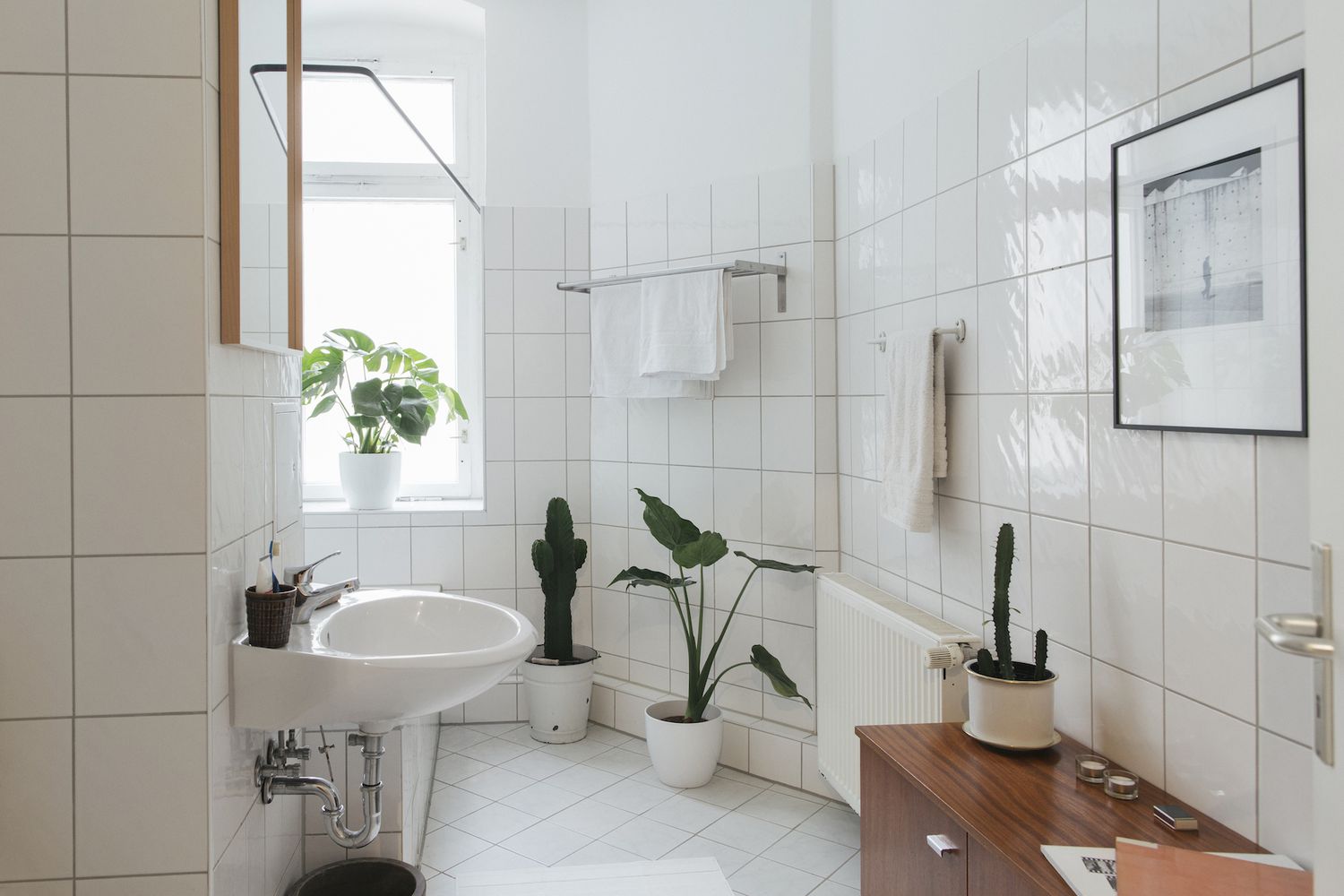

Bathroom Storage
10 Cleaning Bathroom Hacks That Use Everyday Household Items
Modified: October 19, 2024
Discover clever bathroom storage hacks using common household items. Maximize space and keep your bathroom organized with these 10 easy tips.
(Many of the links in this article redirect to a specific reviewed product. Your purchase of these products through affiliate links helps to generate commission for Storables.com, at no extra cost. Learn more)
Introduction
Welcome to the world of bathroom storage! Whether you have a small powder room or a spacious master bath, finding effective storage solutions can be a real challenge. But fear not, because in this article, we will explore ten clever hacks that utilize everyday household items to maximize your bathroom storage space.
From vinegar to toothpaste, these simple and affordable solutions will not only help you declutter your bathroom but will also save you time and money. So let’s dive in and discover how you can transform your bathroom into a well-organized oasis.
Key Takeaways:
- Transform your bathroom with everyday household items like vinegar, baking soda, and lemon. These versatile products can clean, deodorize, and restore surfaces, making bathroom storage a breeze.
- Say goodbye to expensive cleaning products and hello to the power of toothpaste, salt, and club soda. These household hacks can tackle tough stains, disinfect surfaces, and leave your bathroom sparkling clean.
Vinegar
Vinegar is not only a versatile ingredient in the kitchen but also a powerful cleaning agent that can be used in the bathroom. Its acidic properties make it effective in removing soap scum, mineral deposits, and other stubborn stains.
To utilize vinegar for bathroom storage, you can create a DIY cleaner by mixing equal parts of vinegar and water in a spray bottle. This mixture can be used to clean your bathroom countertops, sink, and even shower walls. Simply spray the solution on the surface, let it sit for a few minutes, and then scrub away the grime with a sponge or brush.
If you have hard water stains on your bathroom fixtures, vinegar can come to the rescue. Soak a cloth or paper towel in vinegar and wrap it around the affected area, like the faucet or showerhead. Let it sit for a few hours or overnight, and then remove the cloth. The vinegar will help dissolve the mineral deposits, making it easier to wipe them away.
Lastly, vinegar can also be used as a natural deodorizer for your bathroom. Place a small bowl of vinegar on a shelf or cabinet to help eliminate unpleasant odors. You can also add a few drops of essential oil, like lavender or eucalyptus, to create a refreshing scent.
With vinegar as your trusted companion, you can easily tackle various cleaning tasks in your bathroom while keeping it fresh and odor-free.
Baking Soda
Baking soda is another powerhouse ingredient that can work wonders in the bathroom. Its gentle abrasive nature makes it an excellent cleaner for removing stains and grime, while also neutralizing odors.
One of the most common uses of baking soda in the bathroom is as a scrub for cleaning sinks, bathtubs, and showers. Create a paste by mixing baking soda with water and apply it to the surface you want to clean. Use a sponge or scrub brush to work the paste into the stains, and then rinse it off with water. The baking soda will help lift away dirt and leave your bathroom fixtures sparkling clean.
Besides being a cleaning agent, baking soda is also great for deodorizing your bathroom. Place an open box of baking soda inside your cabinets to absorb any unpleasant odors. You can also sprinkle baking soda in the toilet bowl, let it sit for a few minutes, and then scrub it clean. Not only will this freshen up your toilet, but it will also help prevent any lingering odors.
If your bathroom drains are clogged, baking soda can be used as a natural drain cleaner. Pour a cup of baking soda down the drain, followed by a cup of vinegar. Let the mixture sit for a few minutes, and then flush it away with hot water. The bubbling reaction between the baking soda and vinegar will help break down any debris and clear the clog.
Baking soda is a budget-friendly and eco-friendly option for maintaining a clean and fresh bathroom. Its versatility and effectiveness make it a must-have item for every bathroom storage arsenal.
Lemon
Lemons are not just for adding flavor to your favorite dishes – they can also be a valuable asset in your bathroom storage endeavors. Known for their natural acidic properties, lemons are excellent for removing stains, brightening surfaces, and leaving behind a fresh, citrusy scent.
One of the easiest ways to use lemons in the bathroom is by cutting them in half and using them as a natural scrubber. Sprinkle some salt onto the cut side of a lemon, and then use it to scrub surfaces like faucets, tiles, and grout. The combination of salt and lemon will help remove stubborn stains and leave everything looking clean and shiny.
If you’re dealing with mineral deposits or soap scum on your shower doors or glass surfaces, lemons can come to the rescue. Squeeze fresh lemon juice onto a sponge or cloth and scrub the affected areas. The natural acidity of the lemon juice will help break down the buildup and make it easier to wipe away.
Lemons can also be used to freshen up your bathroom towels and mats. Add a few drops of lemon essential oil to your laundry detergent when washing your towels to eliminate any musty odors. You can also create a DIY air freshener by simmering lemon slices in a pot of water on the stove. The steam will release a refreshing citrus scent throughout your bathroom.
By harnessing the power of lemons, you can achieve a clean, fresh bathroom with a delightful aroma. So next time you have lemons in your kitchen, don’t forget to bring them into your bathroom storage routine as well.
Toothpaste
When you think of toothpaste, you might only associate it with oral hygiene. However, toothpaste can also be a handy tool in your bathroom storage arsenal. Its mild abrasive properties make it effective in cleaning and polishing various surfaces.
One common use of toothpaste in the bathroom is to clean and shine chrome fixtures, such as faucets and showerheads. Apply a small amount of toothpaste to a soft cloth or sponge and gently rub it onto the surface. Rinse with water and buff dry with a clean cloth. The toothpaste will help remove water spots and leave your chrome fixtures looking shiny and new.
Toothpaste can also be used to remove stubborn stains on bathroom countertops or tiles. Apply a dab of toothpaste directly to the stain and let it sit for a few minutes. Then, gently scrub with a soft brush or sponge. The toothpaste’s abrasive texture will help lift the stain without scratching the surface.
If your bathroom mirror is plagued by stubborn fog or smudges, toothpaste can be the solution. Apply a thin layer of toothpaste to the mirror, then wipe it off with a clean, damp cloth. This will not only remove any buildup but will also help prevent future fogging.
Additionally, toothpaste can be used to repair minor scratches on bathroom fixtures or furniture. Apply a small amount of toothpaste to the scratch and gently rub it in with a soft cloth. Wipe away any excess toothpaste and buff the area with a clean cloth. The toothpaste will help mask the scratch and restore the appearance of the surface.
By incorporating toothpaste into your bathroom storage routine, you can utilize its cleaning and polishing properties to keep your bathroom fixtures and surfaces in top-notch condition.
Hydrogen Peroxide
Hydrogen peroxide is a powerful cleaning agent that can help you tackle tough stains and disinfect surfaces in your bathroom. This multipurpose solution is not only effective but also affordable and readily available.
One of the main uses of hydrogen peroxide in the bathroom is as a grout cleaner. Over time, grout between tiles can accumulate dirt, grime, and mildew, making it look dull and discolored. To restore the grout to its former glory, simply spray hydrogen peroxide onto the affected areas and let it sit for a few minutes. Then, scrub the grout lines or use a toothbrush to remove the stains. Rinse with water and marvel at the revitalized grout.
Hydrogen peroxide can also be used to remove stubborn stains from porcelain or ceramic surfaces. Apply a small amount of hydrogen peroxide to the stain and let it soak for a few minutes. Then, scrub with a sponge or brush until the stain is gone. Remember to rinse with water thoroughly to remove any residue.
If your bathroom mirrors or windows are streaked or cloudy, hydrogen peroxide can help restore their clarity. Mix equal parts hydrogen peroxide and water in a spray bottle and spritz onto the glass surface. Wipe with a clean cloth or squeegee for streak-free results.
In addition to cleaning, hydrogen peroxide can also be used as a disinfectant in your bathroom. Spray it onto toilet seats, handles, and other high-touch surfaces to kill bacteria and viruses. Remember to let it sit for a few moments and then wipe clean with a cloth.
With the power of hydrogen peroxide, you can easily tackle tough stains, disinfect surfaces, and keep your bathroom sparkling clean and germ-free.
Use vinegar and baking soda to create a powerful and natural cleaning solution for your bathroom. It can effectively remove soap scum, mineral deposits, and grime without harsh chemicals.
Dish Soap
Dish soap is not just for cleaning your pots and pans – it can also be a versatile tool for tackling bathroom cleaning tasks. Its powerful grease-cutting properties make it effective in removing soap scum, grime, and dirt from various surfaces.
One of the main uses of dish soap in the bathroom is for cleaning the bathtub or shower. Mix a few drops of dish soap with warm water and use a sponge or cloth to scrub the surfaces. The dish soap will cut through the soap scum and leave your tub or shower sparkling clean. Rinse thoroughly with water to remove any residue.
Dish soap can also be used to clean bathroom fixtures, such as faucets and sinks. Simply apply a small amount of dish soap directly onto a damp cloth and gently scrub the fixtures. Rinse with water and dry with a clean cloth. The dish soap will remove water spots and leave the fixtures shiny and clean.
If you have a glass shower door that is covered in hard water stains, dish soap can help. Mix equal parts dish soap and baking soda to create a paste. Apply the paste to the stained areas and let it sit for a few minutes. Then, scrub with a sponge or brush and rinse with water. The combination of dish soap and baking soda will help remove the tough stains and restore the clarity of the glass.
Dish soap can also be used to clean your bathroom floor. Add a few drops of dish soap to a bucket of warm water and mop the floor as usual. The dish soap will help lift dirt and grime, leaving your bathroom floor fresh and clean.
With dish soap as your ally, you can effortlessly clean and maintain a spotless bathroom, making your daily routines a little more pleasant.
Salt
Salt is a common ingredient found in every kitchen, but its uses extend far beyond cooking. When it comes to bathroom storage, salt can be a handy and inexpensive tool for cleaning and deodorizing.
One of the primary uses of salt in the bathroom is as a scrub for removing tough stains and grime on various surfaces. Mix salt with a small amount of water or vinegar to create a paste. Apply the paste to the stained area and scrub gently using a sponge or brush. The abrasive nature of salt will help lift the stain and leave the surface looking clean and refreshed.
If you’re dealing with stubborn rust stains on bathroom fixtures or tiles, salt can be your secret weapon. Make a mixture of salt and lemon juice or vinegar to form a thick paste. Apply the paste to the rusty areas and let it sit for a few hours. Then, scrub away the rust with a brush or sponge. The combination of salt and acid will work together to dissolve the rust, restoring the appearance of the affected surfaces.
In addition to cleaning, salt can also be used as a natural deodorizer in your bathroom. If you’re working with a smelly drain, pour a solution of salt and hot water down the drain to eliminate any unpleasant odors. You can also sprinkle some salt onto your bathroom rugs or mats and let it sit for a while before vacuuming. The salt will absorb any lingering odors, leaving your bathroom smelling fresh.
Lastly, salt can be used to prevent mold and mildew in your bathroom. Mix equal parts salt and water and spray it onto the areas prone to mold growth, such as tiles or grout. Let it sit for a few minutes, then rinse with water. The salt solution will help inhibit the growth of mold and mildew, keeping your bathroom cleaner for longer.
With the power of salt, you can effectively clean, deodorize, and prevent mold in your bathroom without breaking the bank.
Olive Oil
Olive oil is not just a staple in the kitchen; it can also be a useful tool for bathroom storage. Its nourishing properties and natural shine make it effective for cleaning, polishing, and maintaining various surfaces in the bathroom.
One of the main uses of olive oil in the bathroom is as a natural wood cleaner and conditioner. Wooden bathroom fixtures, such as cabinets or shelves, can benefit from a little TLC using olive oil. Simply apply a small amount of olive oil to a soft cloth and gently rub it onto the wood surface. The oil will penetrate the wood, moisturizing and enhancing its natural beauty. Buff away any excess oil with a clean cloth to achieve a lustrous shine.
Olive oil can also be used to remove water stains on stainless steel fixtures. Apply a few drops of olive oil to a cloth and rub it onto the stained areas. Let it sit for a few minutes, then wipe away the oil with a clean cloth. The olive oil will help dissolve the water stains and leave your stainless steel fixtures looking clean and shiny.
Besides its cleaning properties, olive oil can also be used in DIY bath scrubs for smooth and moisturized skin. Mix equal parts olive oil and granulated sugar or sea salt to create a natural exfoliating scrub. Use it in the shower to gently scrub away dead skin cells and leave your skin feeling soft and hydrated.
Lastly, olive oil can be used to remove stubborn adhesives or sticky residue left behind by labels or tape. Apply a small amount of olive oil to the affected area and let it sit for a few minutes. Then, gently rub the residue with a cloth until it loosens. Rinse with warm soapy water and dry the area thoroughly.
With olive oil in your bathroom storage toolkit, you can clean, polish, and nourish various surfaces, making them look their best.
Rubbing Alcohol
Rubbing alcohol, also known as isopropyl alcohol, is a versatile household item that can be incredibly useful in your bathroom storage efforts. Its disinfecting properties and quick-drying nature make it perfect for tackling various cleaning tasks in the bathroom.
One of the primary uses of rubbing alcohol in the bathroom is for disinfecting surfaces. It can effectively kill bacteria, viruses, and germs, helping to create a clean and hygienic environment. Simply pour some rubbing alcohol into a spray bottle and mist it onto bathroom counters, sinks, toilets, and other high-touch surfaces. Wipe down the surfaces with a clean cloth or paper towel to disinfect them thoroughly.
Rubbing alcohol can also be used to clean and shine bathroom mirrors. Spray a small amount of alcohol onto a clean cloth or directly onto the mirror and wipe away any smudges or streaks. The alcohol will evaporate quickly, leaving your mirror crystal clear and free of streaks.
If you’re dealing with hard water stains on bathroom fixtures or glass surfaces, rubbing alcohol can come in handy. Dampen a cloth with rubbing alcohol and use it to gently scrub the stained areas. The alcohol will help remove the mineral deposits and leave your fixtures looking clean and shiny.
In addition to cleaning, rubbing alcohol can be used to remove ink stains or sticky residue on bathroom surfaces. Apply a small amount of rubbing alcohol to a cloth or cotton ball and gently rub the stained area. The alcohol will help dissolve the ink or adhesive, making it easier to wipe away.
With rubbing alcohol as your ally, you can effectively disinfect and clean your bathroom, leaving it fresh and germ-free.
Club Soda
Club soda is not just a refreshing beverage – it can also be a secret weapon in your bathroom storage arsenal. Its carbonation and mineral content make it an effective cleaning agent for various surfaces in the bathroom.
One of the main uses of club soda in the bathroom is for tackling stubborn stains on carpets and upholstery. If you accidentally spill something or notice a stain on your bathroom rug or fabric-covered furniture, club soda can help. Pour club soda directly onto the stain and let it soak for a few minutes. Blot the area with a clean cloth or sponge to lift the stain. The carbonation and minerals in club soda will aid in breaking down the stain and making it easier to remove.
Club soda can also be used to clean and shine bathroom fixtures, such as faucets and showerheads. Simply soak a clean cloth or sponge in club soda and wipe down the fixtures. The effervescence of club soda will help remove water spots and leave the fixtures looking polished.
If you have hard water stains on your bathroom surfaces, club soda can come to the rescue. Pour some club soda onto a cloth or sponge and gently scrub the stained areas. The minerals in the club soda will help break down the minerals in the hard water stains, making it easier to wipe them away.
In addition to its cleaning properties, club soda can be used as a natural deodorizer in the bathroom. If you’re dealing with unpleasant odors, simply pour some club soda into a spray bottle and mist it around the area. The carbonation in club soda will help neutralize odors, leaving your bathroom smelling fresh.
With club soda in your bathroom storage toolkit, you can effectively clean stains, shine fixtures, and freshen up your bathroom with ease.
Conclusion
Transforming your bathroom into a well-organized and functional space doesn’t have to be a daunting task. By utilizing everyday household items, you can maximize your bathroom storage and keep it clean and fresh without breaking the bank.
Vinegar, baking soda, lemon, toothpaste, hydrogen peroxide, dish soap, salt, olive oil, rubbing alcohol, and club soda are all versatile products that can work wonders in your bathroom storage endeavors. From cleaning and disinfecting to removing stains and deodorizing, these household items offer a range of solutions for a variety of bathroom cleaning needs.
Whether you’re dealing with stubborn soap scum, hard water stains, or odors, there’s a household hack that can help. Vinegar and baking soda make a powerful cleaning duo, while lemon and salt can brighten surfaces and remove tough stains. Toothpaste and olive oil are great for polishing and restoring the shine of bathroom fixtures, while rubbing alcohol and club soda provide disinfecting properties and can tackle a range of cleaning tasks.
By incorporating these household items into your bathroom storage routine, you can easily maintain a clean, organized, and welcoming bathroom space. Not only will you save money by using readily available items, but you’ll also reduce your reliance on harsh chemicals.
So, the next time you embark on a bathroom cleaning mission, look no further than your kitchen cabinets and pantry. With a little creativity and these simple hacks, you can achieve a sparkling and functional bathroom that will leave you feeling refreshed and delighted.
Frequently Asked Questions about 10 Cleaning Bathroom Hacks That Use Everyday Household Items
Was this page helpful?
At Storables.com, we guarantee accurate and reliable information. Our content, validated by Expert Board Contributors, is crafted following stringent Editorial Policies. We're committed to providing you with well-researched, expert-backed insights for all your informational needs.
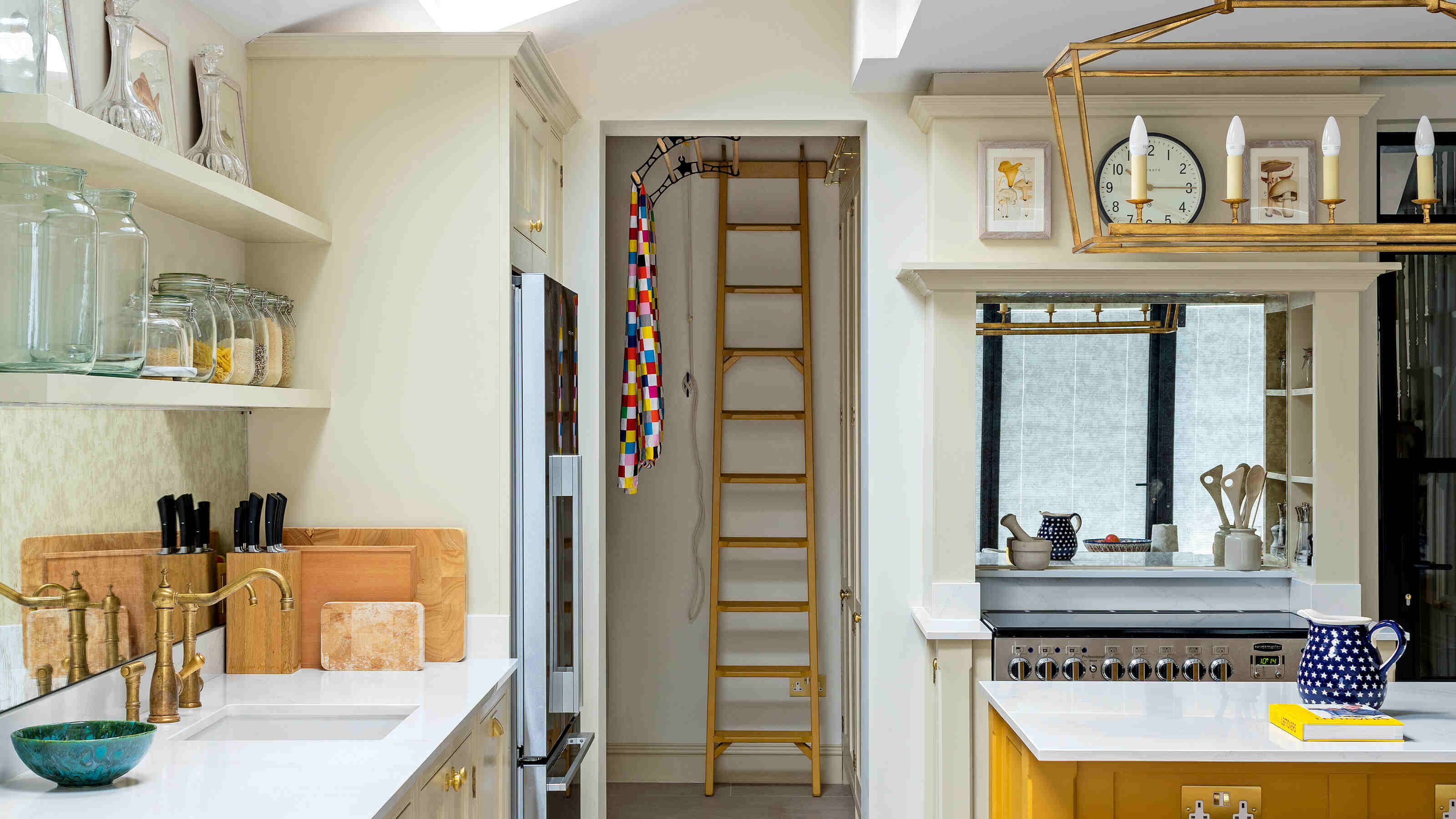
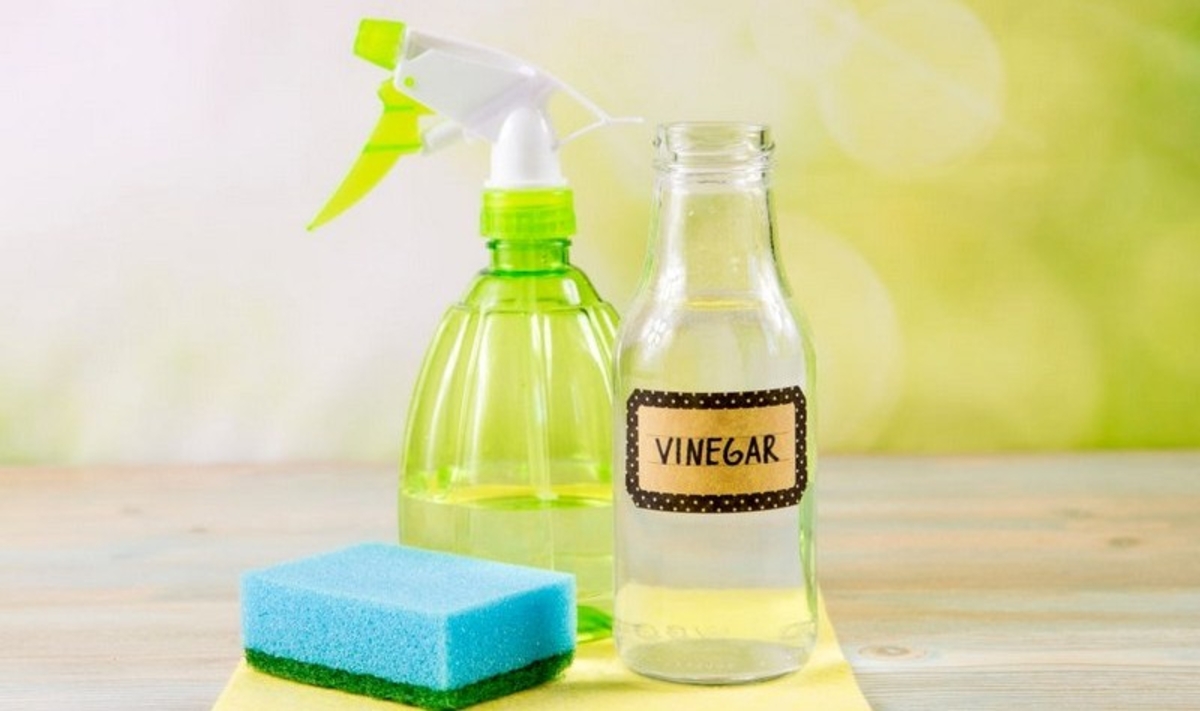

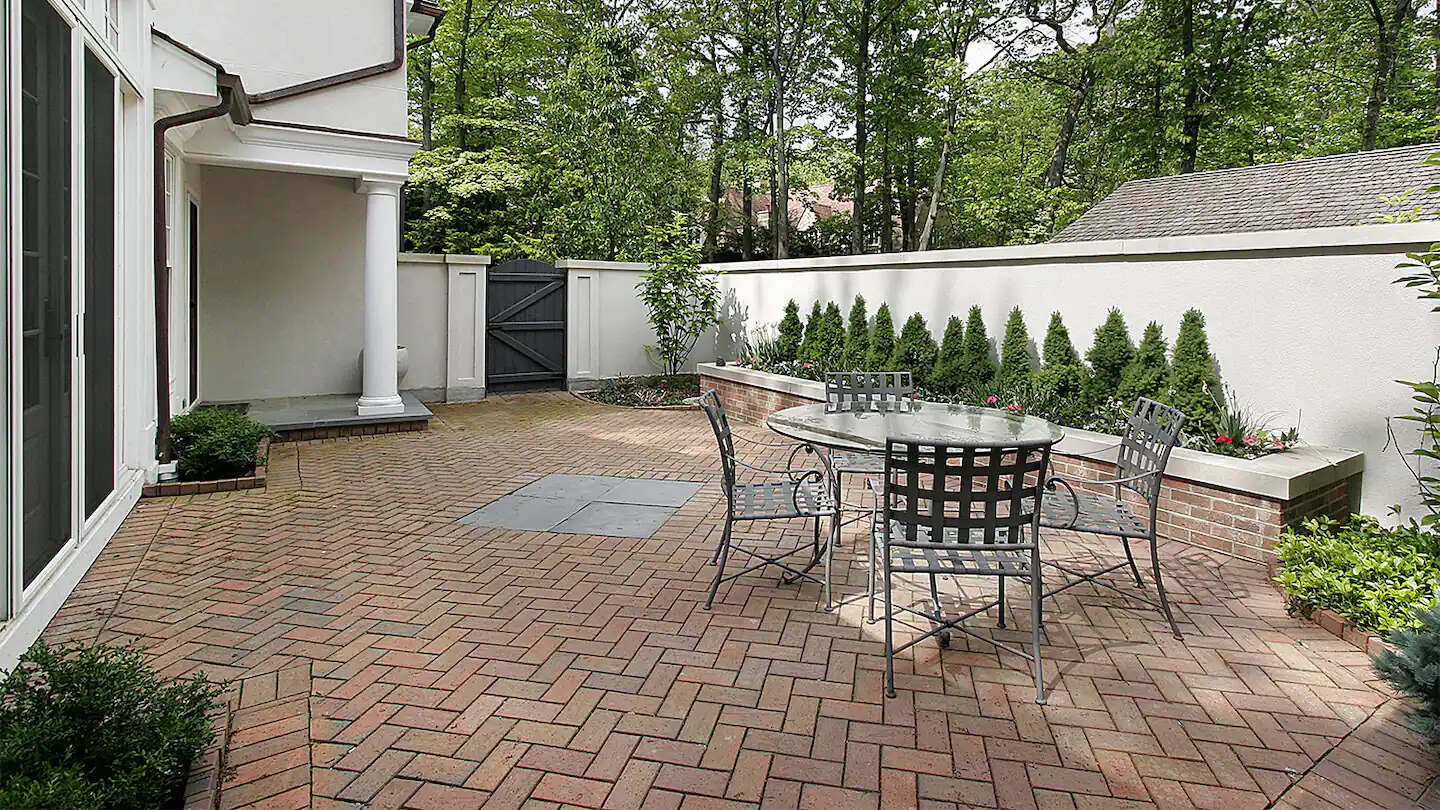
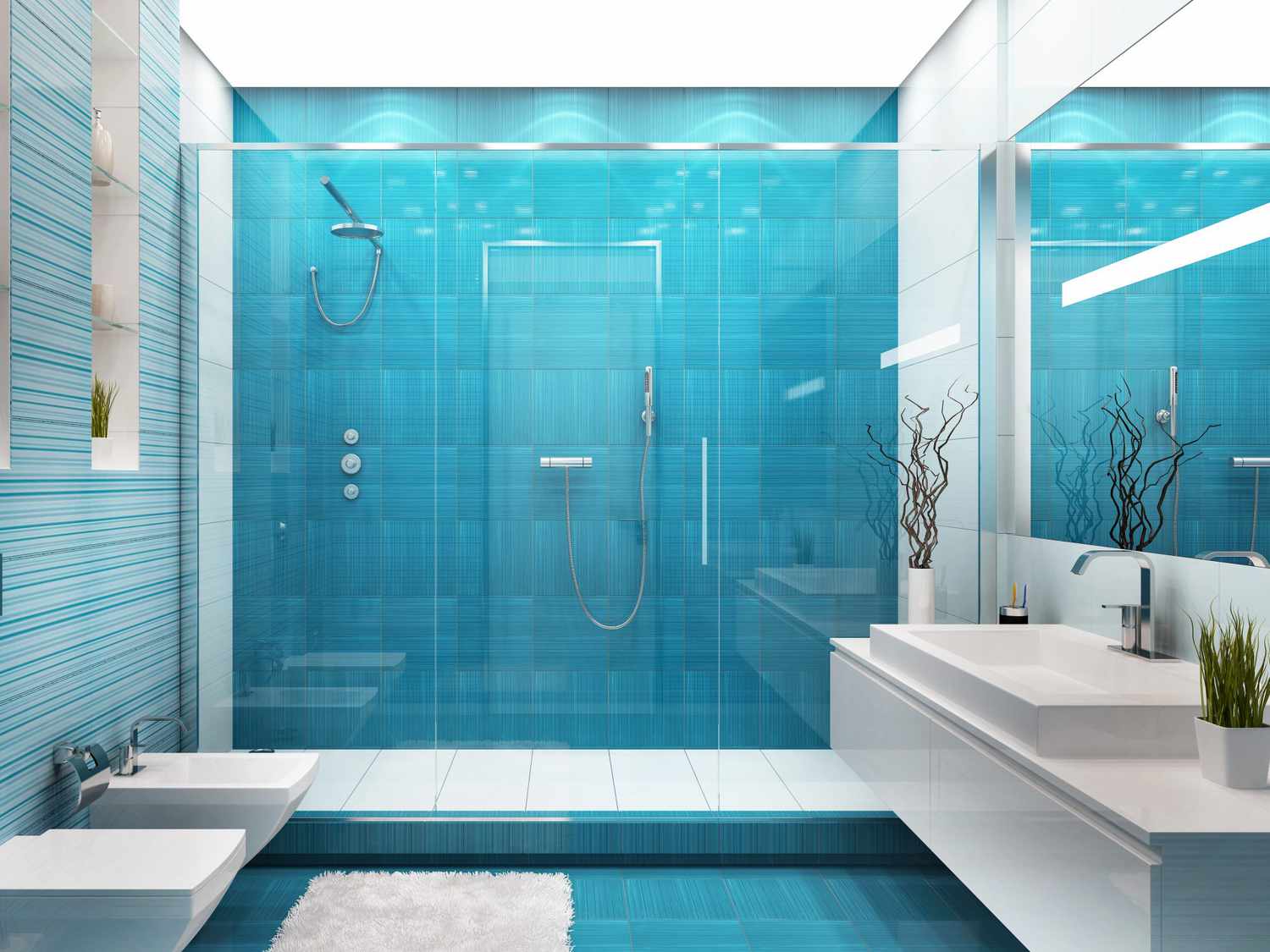
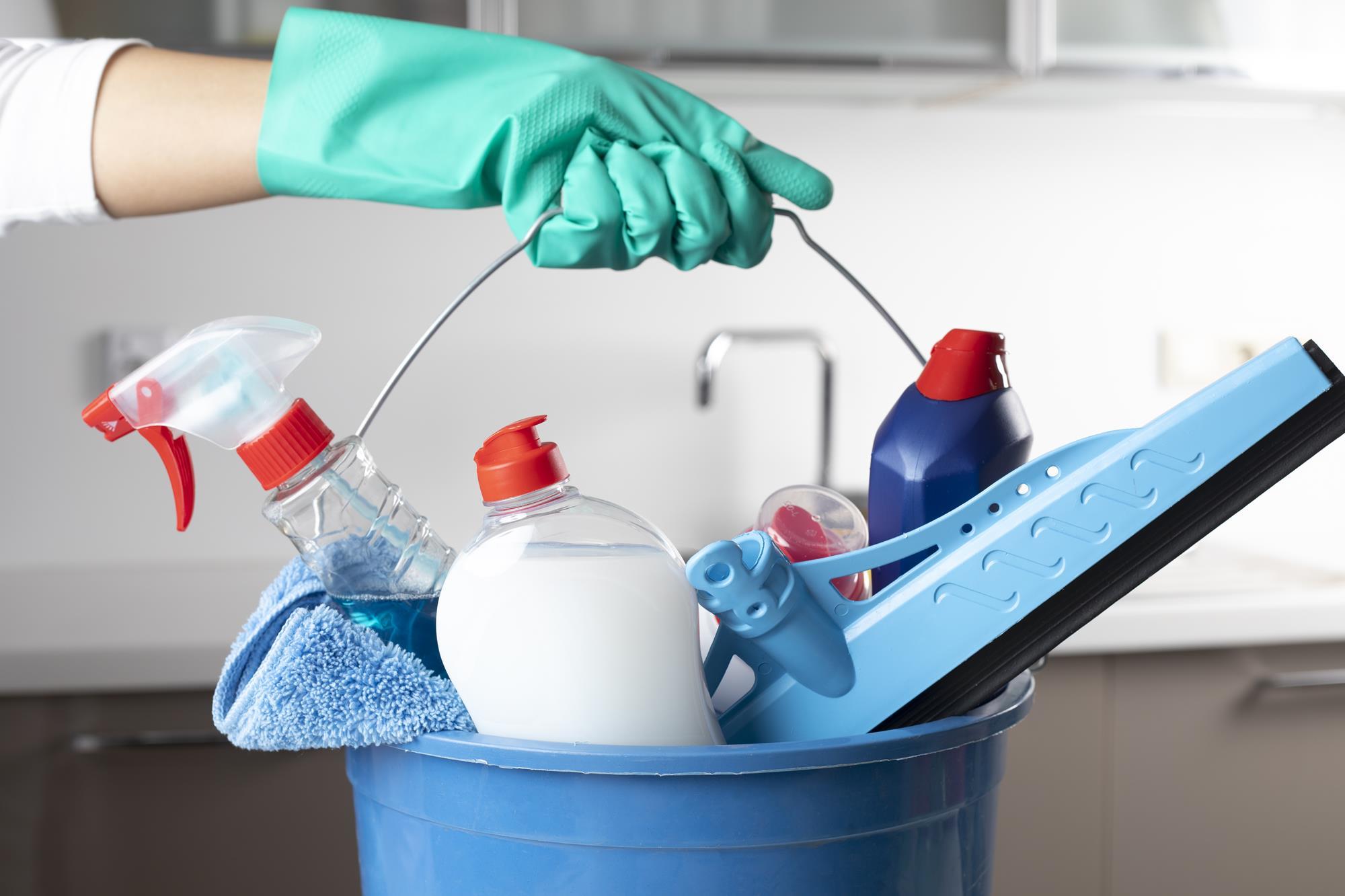
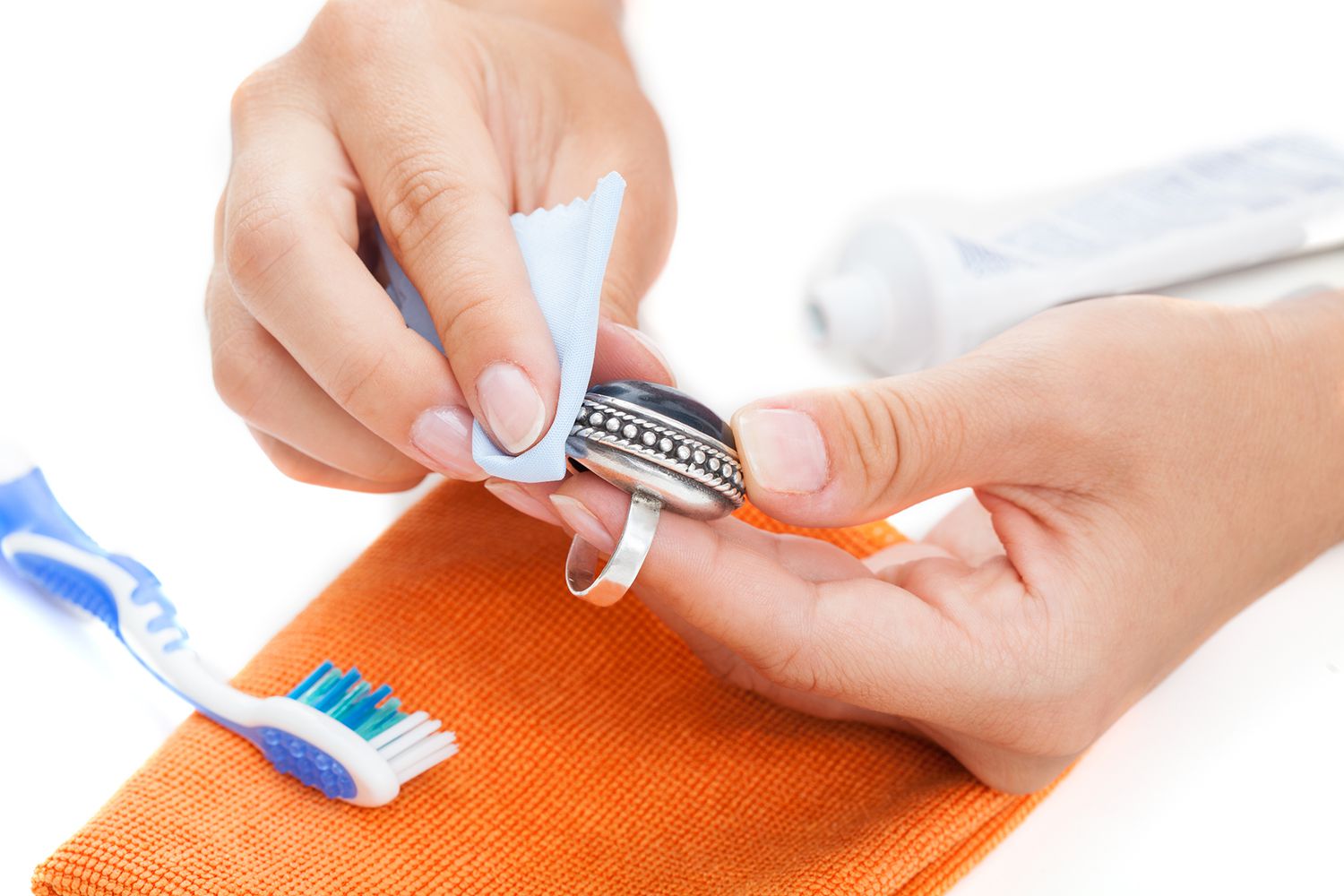
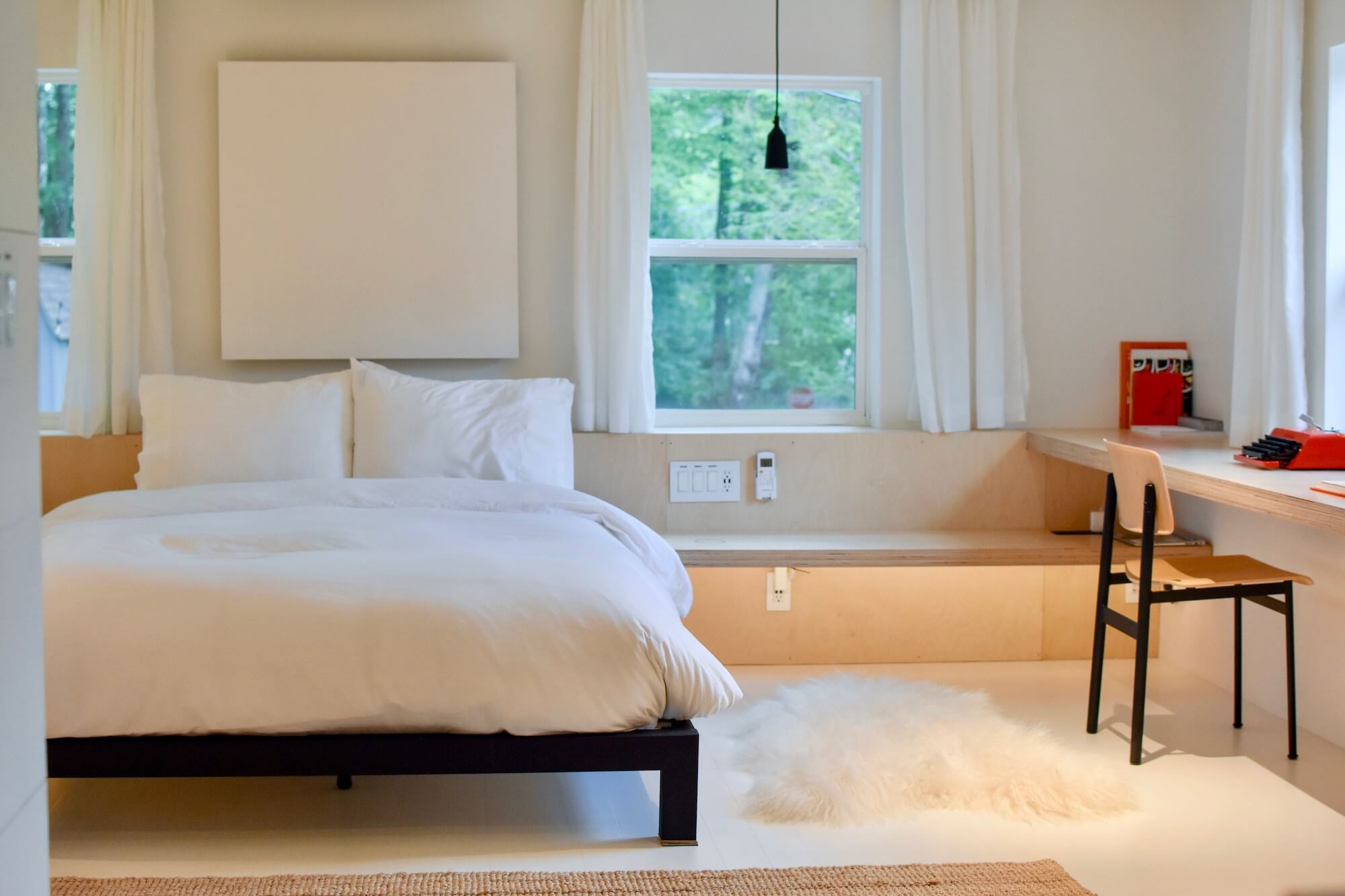
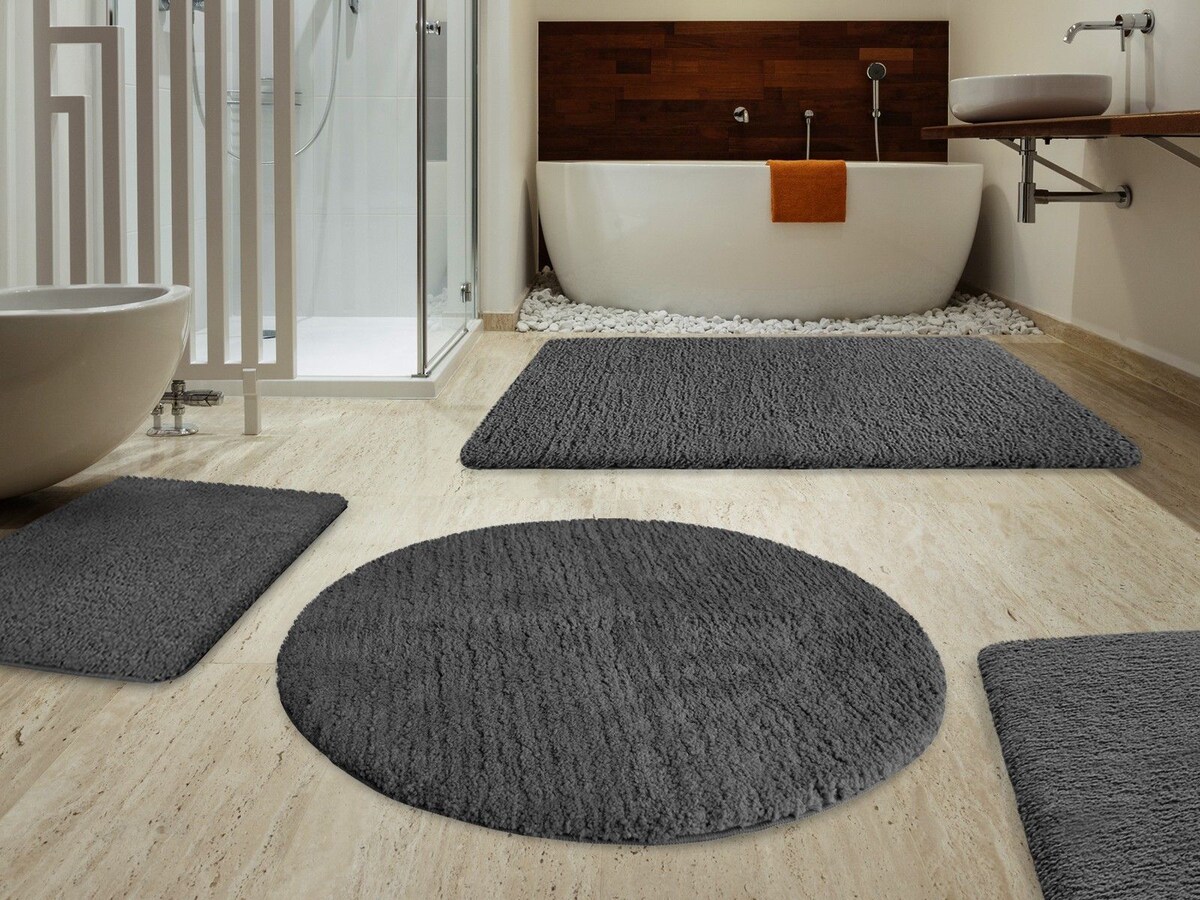
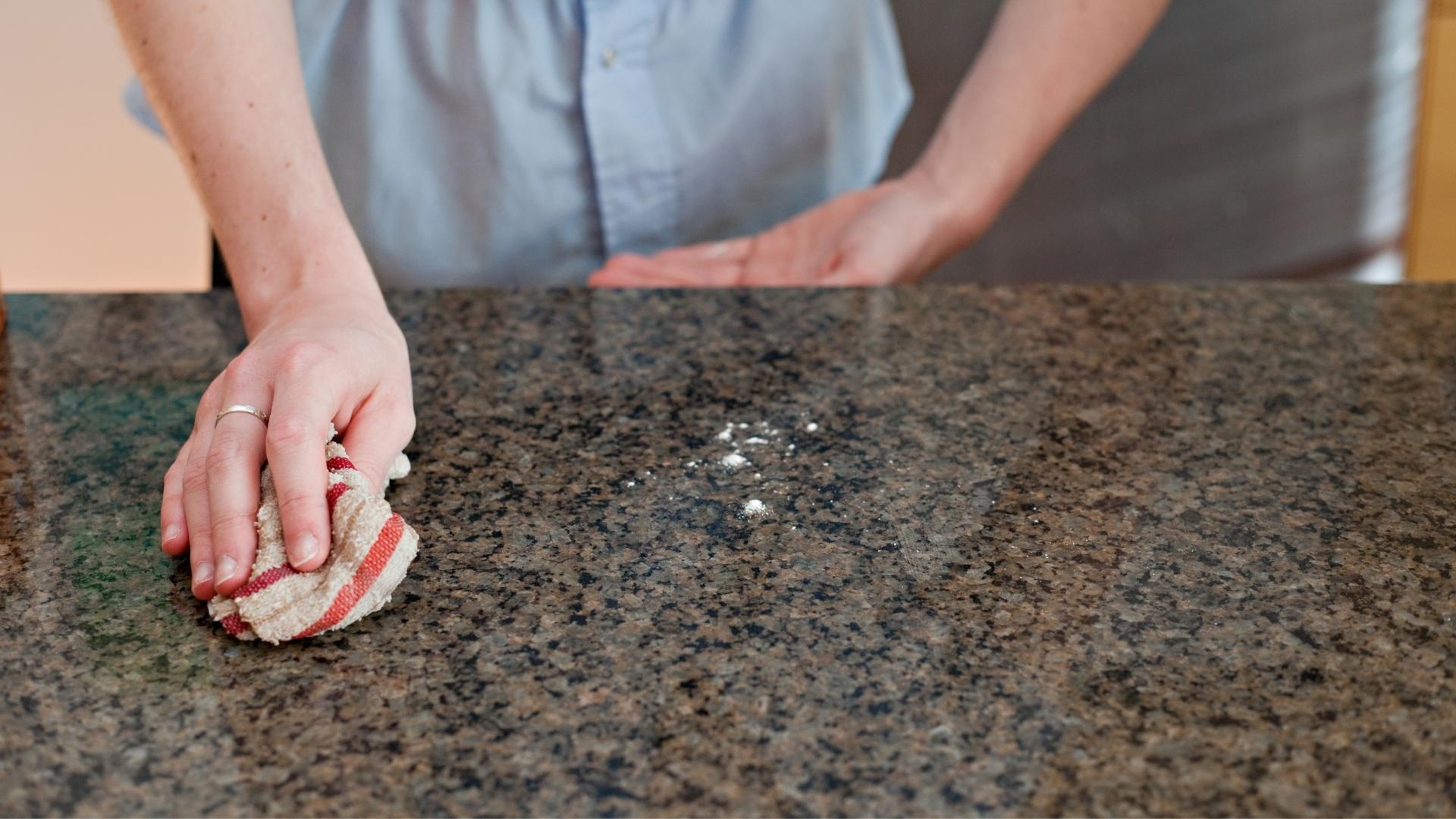
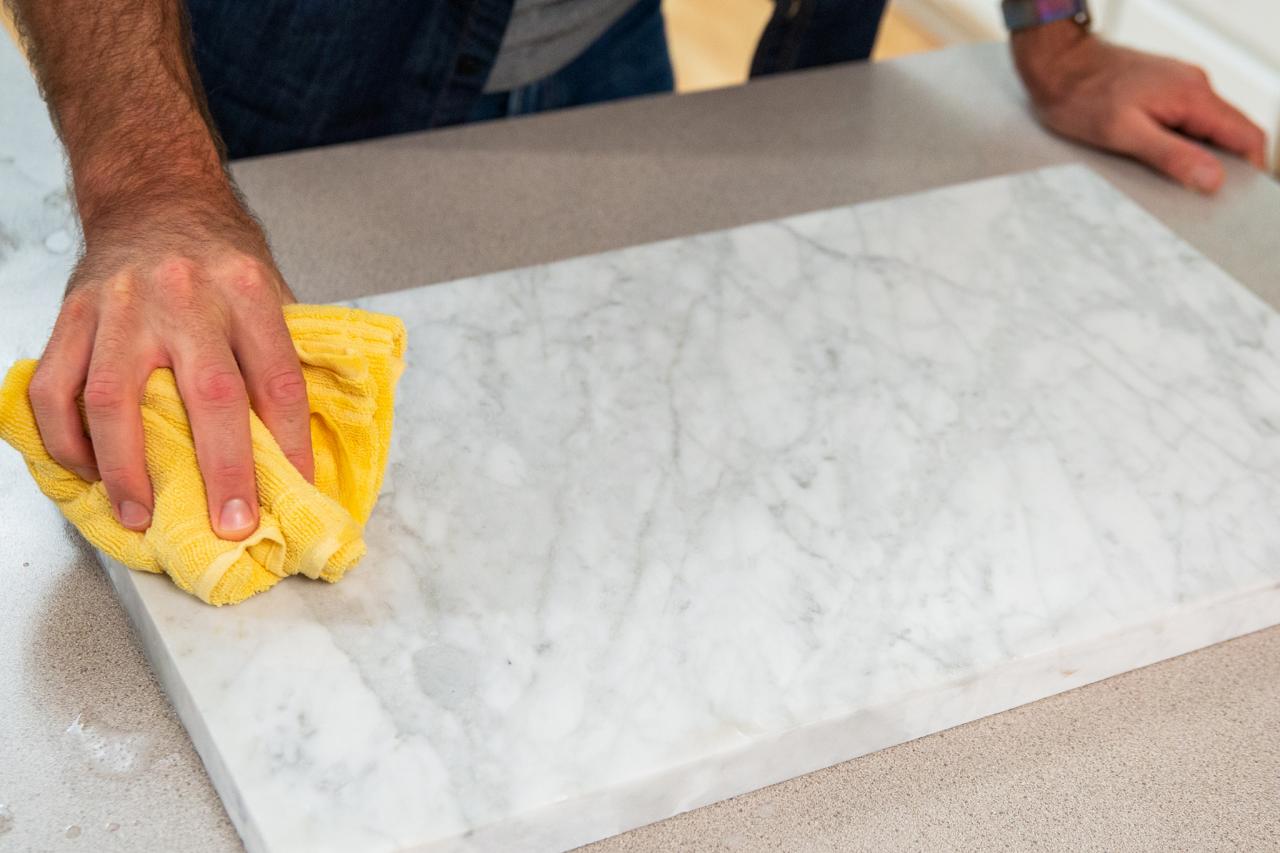
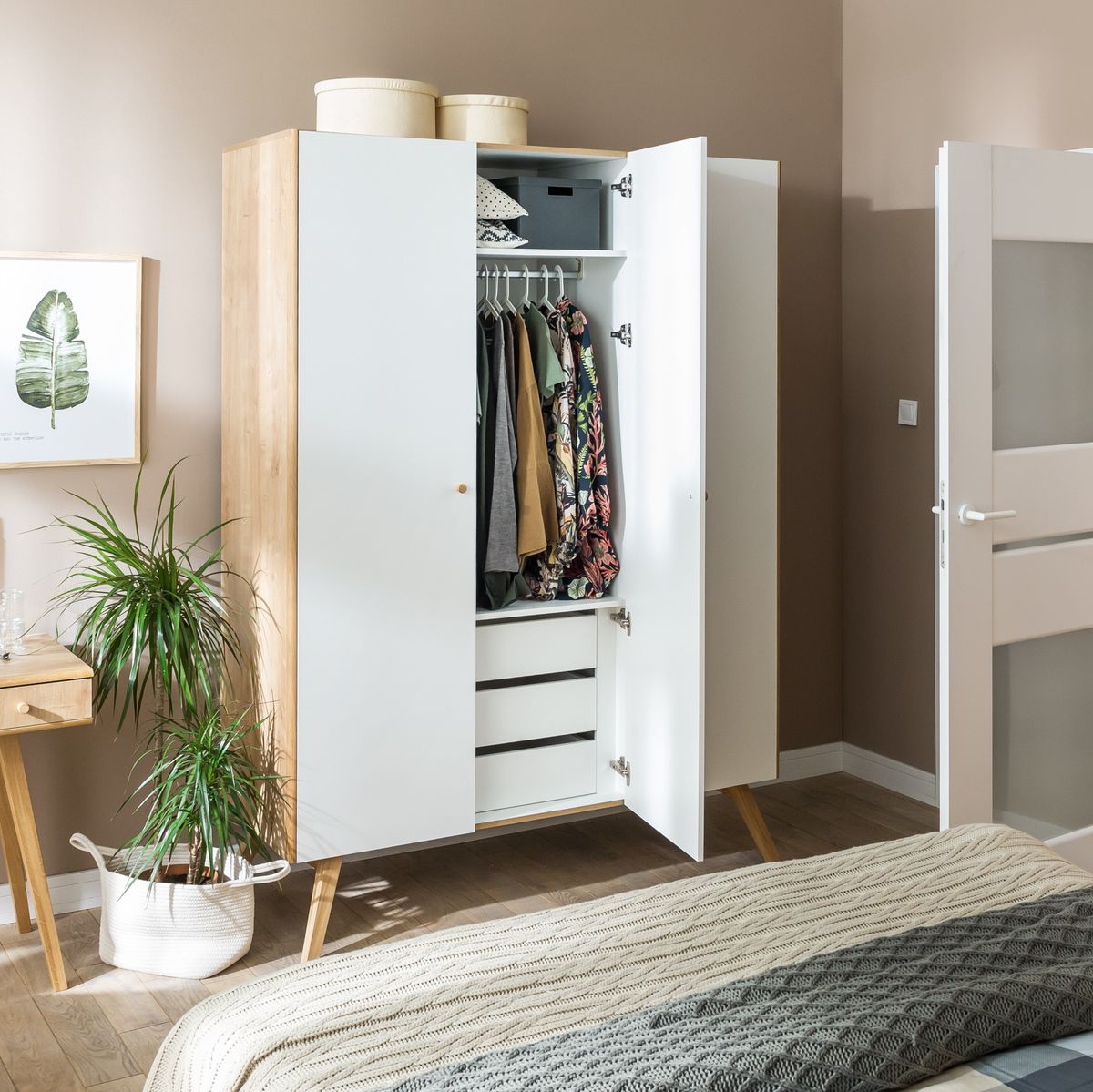
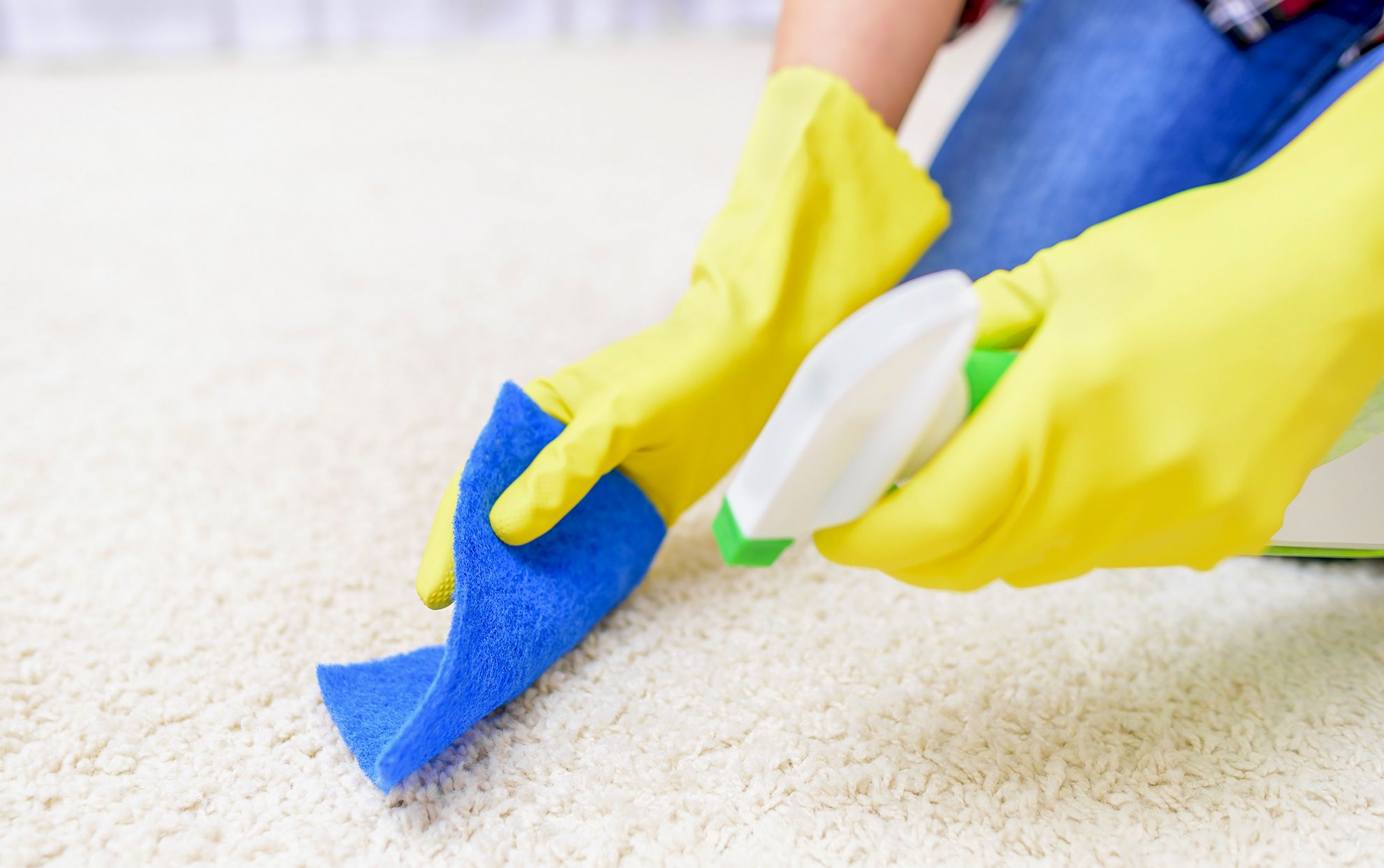

0 thoughts on “10 Cleaning Bathroom Hacks That Use Everyday Household Items”